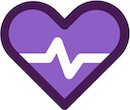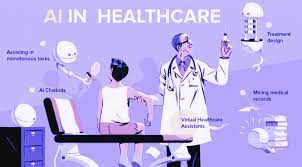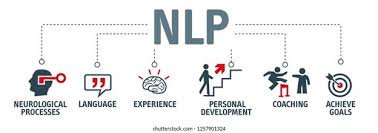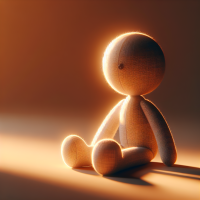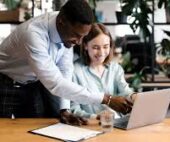Top Ways AI is Transforming Patient Portal Messaging
Healthcare providers are drowning in patient messages—but AI-powered patient portals can help. By automating responses, improving clarity, and streamlining workflows, AI is easing clinician burnout while enhancing patient communication. Here’s how AI is making an impact: 1. Smart Triage: Routing Messages to the Right Person Not every message needs a physician’s attention—some are billing questions, others require nursing input. AI can: Example: 2. AI-Drafted Responses: Saving Clinicians Time Generative AI can craft clear, empathetic, and clinically accurate responses to common patient queries. Key Findings: Caveat: 3. Simplifying Medical Jargon for Better Patient Understanding Many patients struggle with complex medical terms in portal messages. AI can: Example:NYU Langone used GPT-4 to rewrite discharge summaries, making them easier to understand while scoring higher on patient education metrics. 4. Helping Patients Write Better Messages AI doesn’t just assist providers—it can guide patients to ask clearer questions, reducing back-and-forth. How it works: Vanderbilt’s study found AI-generated prompts made patient messages more concise and actionable. 5. Ethical AI Use: Transparency & Human Oversight While AI boosts efficiency, best practices matter:✅ Always review AI responses before sending.✅ Edit for tone—patients value empathy and a personal touch.✅ Consider disclosing AI use—studies (like Duke’s 2025 review) show it doesn’t harm satisfaction. “AI can reduce burnout while maintaining trust—if used responsibly.”—Dr. Anand Chowdhury, Duke University The Future of AI in Patient Portals As AI evolves, expect: The Bottom Line:AI won’t replace clinicians—but it can free them from repetitive tasks, allowing more time for meaningful patient care. Ready to explore AI for your patient portal? Start with triage automation and AI-assisted drafting, then scale as trust in the technology grows. Like Related Posts Salesforce OEM AppExchange Expanding its reach beyond CRM, Salesforce.com has launched a new service called AppExchange OEM Edition, aimed at non-CRM service providers. Read more The Salesforce Story In Marc Benioff’s own words How did salesforce.com grow from a start up in a rented apartment into the world’s Read more Salesforce Jigsaw Salesforce.com, a prominent figure in cloud computing, has finalized a deal to acquire Jigsaw, a wiki-style business contact database, for Read more Service Cloud with AI-Driven Intelligence Salesforce Enhances Service Cloud with AI-Driven Intelligence Engine Data science and analytics are rapidly becoming standard features in enterprise applications, Read more

